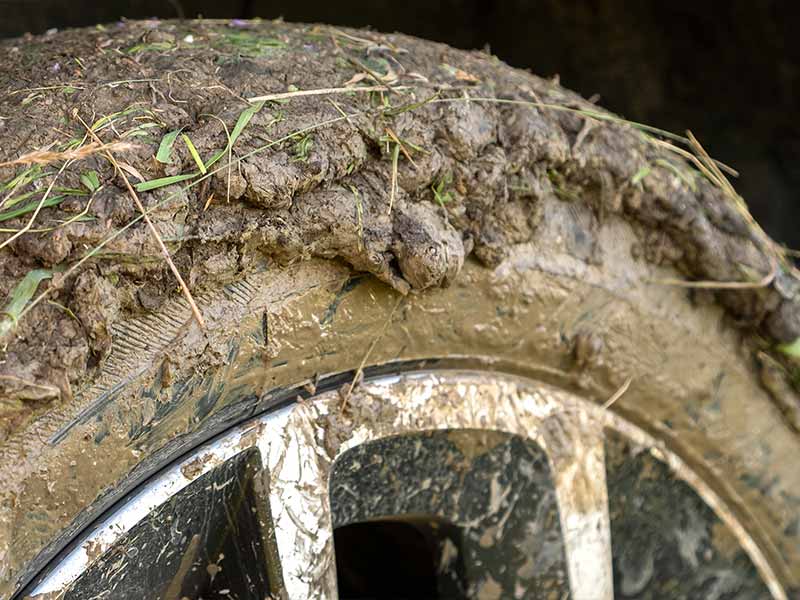Have you ever driven through a muddy patch and then felt your car or truck shaking afterward? It’s a common concern for many drivers, and understanding why it happens can help you ensure your vehicle’s safety and longevity.
Shaking After Driving Through Mud
Driving through mud can cause mud to stick to tires and wheels, leading to an imbalance. This imbalance can result in the vehicle shaking, especially at high speeds.
In this article, we’ll delve into the reasons behind the shaking phenomenon after driving through mud, the impact of mud on tires and wheels, safety concerns associated with a shaking vehicle, effective cleaning methods for mud-caked tires, and when it’s best to seek professional help.
Let’s take a closer look.
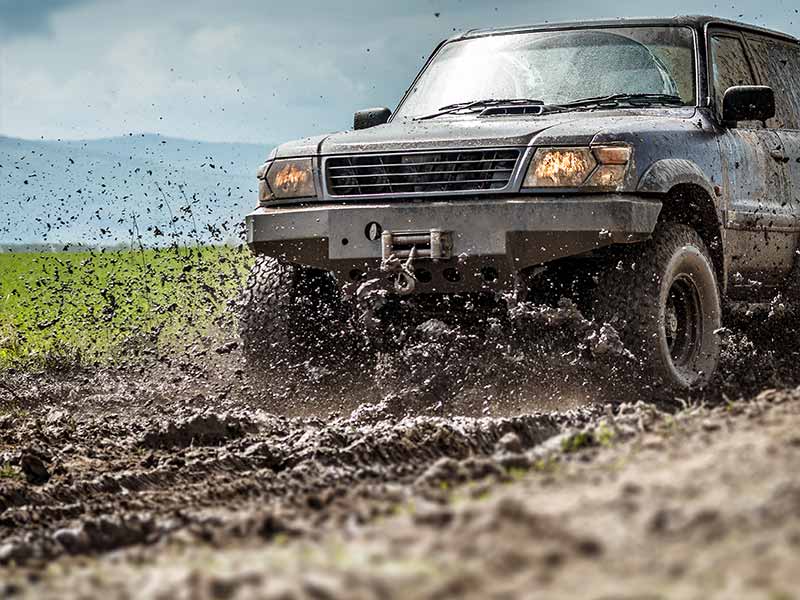
Understanding the Shaking Phenomenon
When you drive your car or truck, you expect it to move smoothly. But sometimes, after driving through mud, you might feel a shaking or wobbling. This can be surprising and worrying. Let’s talk about why this happens.
Why Cars Shake After Mud
- Mud Sticks to Tires: When you drive through mud, some of it can stick to your tires. This mud can dry and become hard. When mud is stuck to your tires, it can make them unbalanced. Think of it like shoes with a stone inside; it’s uncomfortable and makes walking uneven.
- Tires Need Balance: Tires are made to be balanced. This means they should spin evenly without wobbling. When mud sticks to them, it can make one side heavier than the other. This causes the tire to spin unevenly, leading to shaking.
How Mud Affects the Wheels
- Mud Inside the Wheel: Sometimes, mud can get inside the part of the wheel where it attaches to the car. This is not a place where mud should be. When there’s mud there, it can cause the whole wheel to shake.
- Mud Changes Wheel Weight: Wheels are designed with a specific weight in mind. When mud sticks to them, it adds extra weight. This extra weight can make the wheel shake when it spins.
What You Might Feel
- Steering Wheel Shaking: One of the first things you might notice is your steering wheel shaking. This is a sign that the front tires might have mud stuck to them.
- Whole Car Shaking: If a lot of mud is stuck, or if it’s on more than one tire, you might feel the whole car shaking. This can happen at slow or fast speeds.Resources
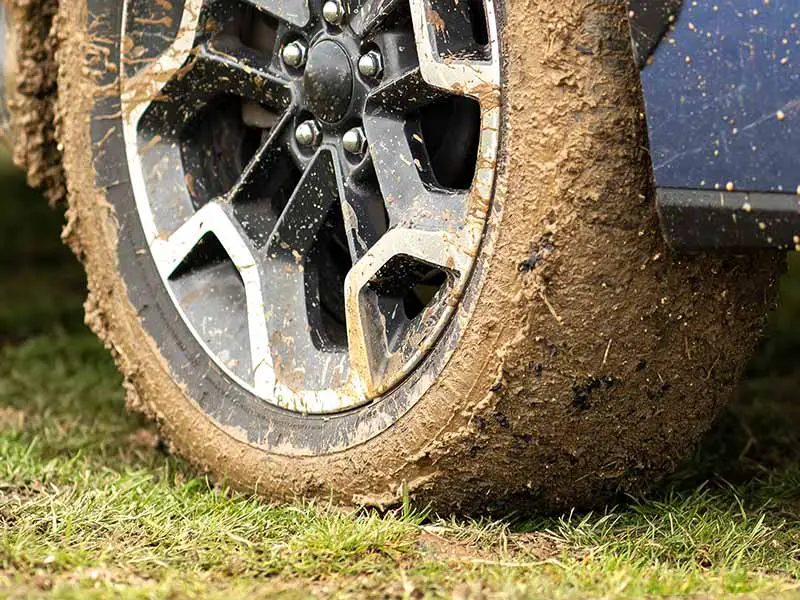
The Impact of Mud on Tires and Wheels
Driving through mud can be messy. But the mess isn’t just on the outside of your car. The mud can also affect how your tires and wheels work. Let’s dive into how mud can impact them.
Mud and Tire Balance
- Uneven Weight: Tires need to have an even weight all around to work best. When mud sticks to a tire, it adds extra weight to one part of the tire. This makes the tire spin in a wobbly way.
- Hardened Mud: When mud dries on a tire, it becomes hard. This can be like having a big lump on one part of the tire. When the tire spins, this lump can cause a lot of shaking.
Mud Inside the Wheel
- Space for Mud: The wheel has a space where it connects to the car. Mud can get trapped in this space. When this happens, the wheel can’t sit properly on the car. This can lead to shaking.
- Extra Weight: Just like with the tires, mud can add extra weight to the wheel. This can make the wheel wobble when it spins.
Problems Beyond Just Shaking
- Wear and Tear: When tires and wheels shake, they can wear out faster. This means you might need to replace them sooner than you thought.
- Less Grip on the Road: Mud on tires can reduce the grip they have on the road. This can make driving less safe, especially in wet or slippery conditions.
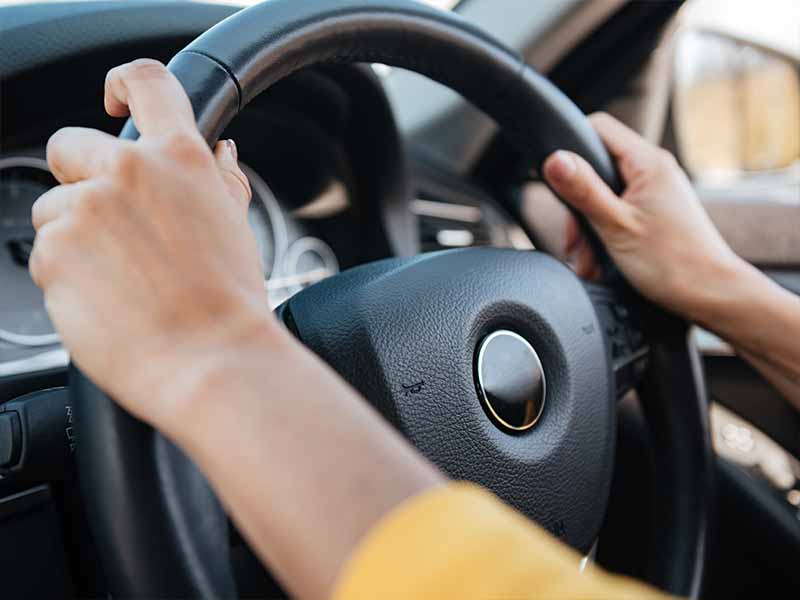
Safety Concerns with Shaking Vehicles
When your car or truck shakes, it’s not just an annoyance. It can also be a sign that something isn’t right, and it might not be safe to drive. Let’s discuss the safety issues linked to a shaking vehicle.
Why a Shaking Car is a Concern
- Loss of Control: A shaking steering wheel can make it harder to steer your car. This can lead to problems, especially when turning or trying to avoid something on the road.
- Tire Damage: If your tires are shaking a lot, they can get damaged. Damaged tires can burst or go flat when you’re driving, which is very dangerous.
- Brake Problems: Sometimes, the shaking isn’t just because of the tires. It could be a sign that there’s a problem with your brakes. If your brakes aren’t working right, it can take longer to stop or they might not work at all.
Signs It’s Not Safe to Drive
- Very Strong Shaking: If the shaking is very strong and happens even at slow speeds, it’s a sign that there’s a big problem. It’s best to stop driving and get help.
- Noise When Driving: If you hear strange noises, like grinding or thumping, along with the shaking, it’s another sign that something’s wrong.
- Warning Lights: If any warning lights on your dashboard turn on, especially ones linked to your tires or brakes, you should be cautious.
What to Do If Your Car is Shaking
- Pull Over Safely: If you feel it’s not safe to drive, find a safe place to pull over. Don’t keep driving if you think there’s a risk.
- Call for Help: If you’re not sure what’s wrong or how to fix it, it’s best to call for help. This could be a tow truck or someone you know who understands cars.
- Check Your Tires: If you can, take a look at your tires. See if there’s any visible damage or if there’s a lot of mud stuck to them.
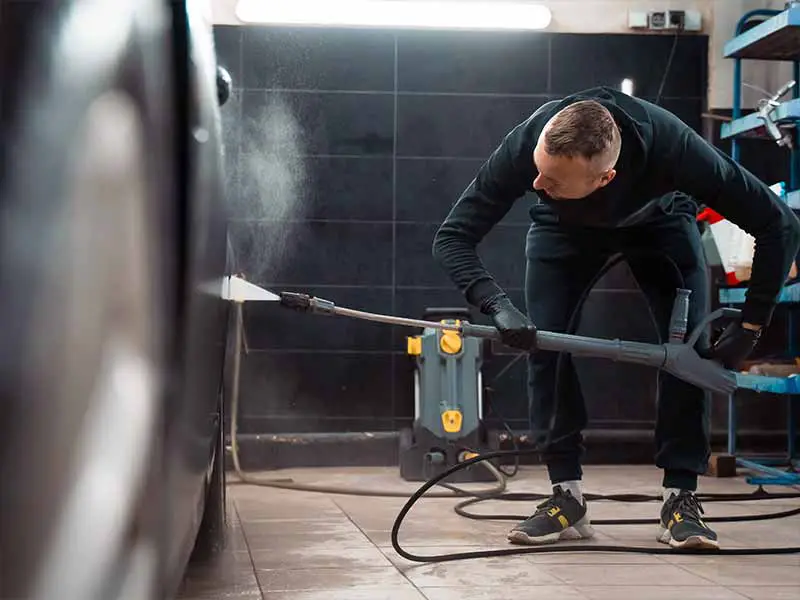
Effective Cleaning Methods for Mud-Caked Tires
Mud can be stubborn. Once it dries on your tires and wheels, it can be hard to get off. But it’s important to clean it off to keep your car running smoothly and safely. Here are some ways to get rid of that stuck-on mud.
Using Water to Clean
- Hose Down: The simplest way to start is by using a hose. Spray water on the tires and wheels to soften and remove the mud.
- Pressure Washer: If a hose doesn’t do the trick, a pressure washer can be more effective. It uses strong water pressure to blast off the mud. But be careful, don’t get it too close to the tire as it can damage it.
Scrubbing the Tires
- Brushes: Use a brush with stiff bristles to scrub the tires. This can help remove mud that’s dried and hard. Make sure to scrub all parts of the tire.
- Soap: Sometimes, water alone isn’t enough. You can use car wash soap to help break down the mud. Mix the soap with water and scrub the tires with it.
Special Attention to the Inside
- Check the Inside: Mud can also get stuck on the inside part of the wheel. Make sure to check there and clean it out.
- Jack Stands: If you need to get a better look at the inside of the wheel, you can use jack stands to lift the car safely. This way, you can reach the inside part of the wheel better.
When to Get Professional Help
- Tough Mud: If you’ve tried cleaning and the mud just won’t come off, it might be time to get professional help. A car wash or tire shop can have special tools to clean tires.
- Damage Check: If you think the mud might have caused damage to your tires or wheels, it’s a good idea to visit a tire shop. They can check for any problems.

When to Seek Professional Help
Even if you’re good at taking care of your car, there are times when you might need an expert’s help. Especially when it comes to tires and wheels, some problems need a professional touch. Let’s discuss when it’s best to visit a tire shop.
Signs You Need Expert Help
- Persistent Shaking: If you’ve cleaned all the mud off and your car still shakes, there might be another issue. This could be a sign of a deeper problem with your tires or wheels.
- Visible Damage: If you see cuts, cracks, or any other damage on your tires, it’s time to get them checked. Damaged tires can be risky to drive on.
- Strange Noises: Hearing odd sounds, like thumping or grinding, when you drive? This can be a sign that something’s not right with your tires or wheels.
Benefits of Visiting a Tire Shop
- Expert Check: The people at a tire shop know tires inside and out. They can give your tires a thorough check to find any issues.
- Proper Tools: Sometimes, cleaning or fixing a tire needs special tools. Tire shops have all the right equipment to handle these tasks.
- Safety First: If there’s a problem with your tires or wheels, driving can be dangerous. A tire shop can make sure everything’s safe before you hit the road again.
What to Expect at the Shop
- Inspection: The first thing they’ll do is inspect your tires and wheels. They’ll look for any problems or damage.
- Recommendations: After the inspection, they’ll tell you what needs to be done. This could be a simple fix, a deep clean, or even replacing a tire.
- Service: Once you know what needs to be done, the tire shop will take care of it. They have the skills and tools to get your car back in top shape.
Resources
Below are some links you may find helpful when learning about tires
Final Thoughts
Driving through mud and experiencing a shaking vehicle afterward can be concerning for many drivers. The primary cause of this shaking is the mud sticking to the tires and wheels, causing an imbalance. It’s essential to address this issue promptly to ensure safety and prevent potential damage to the vehicle.
Regular cleaning, especially after driving through muddy conditions, can help alleviate this problem. However, if the shaking persists or if there’s visible damage, it’s crucial to seek professional help.
Good luck and happy motoring.
